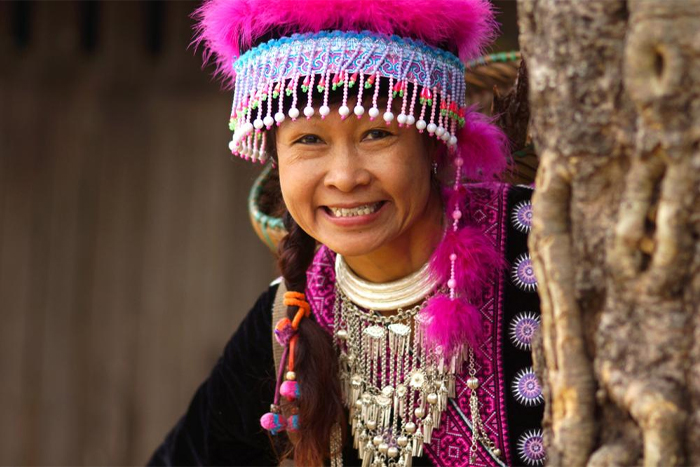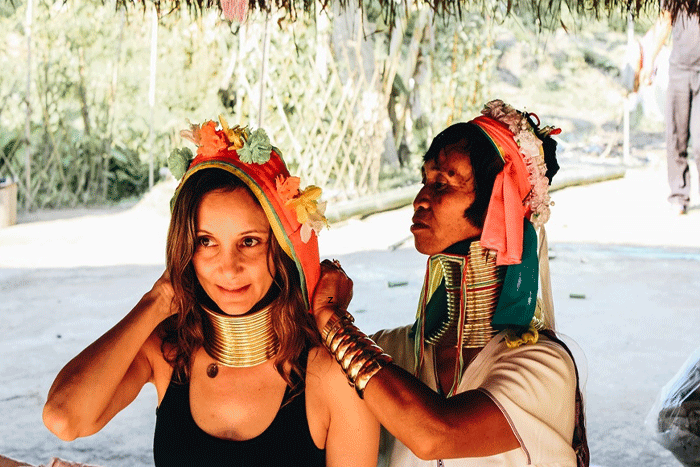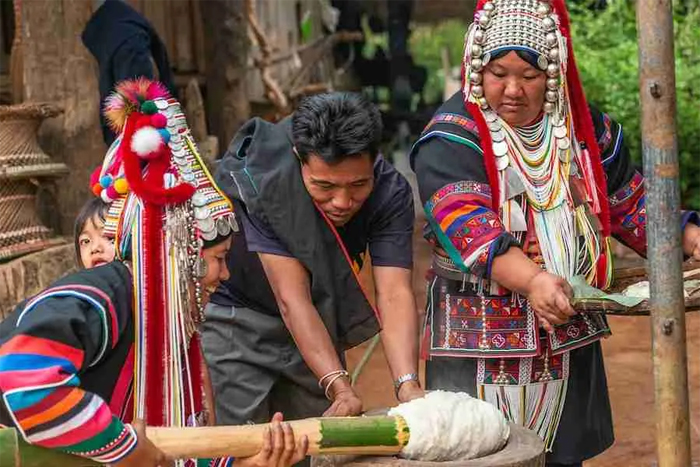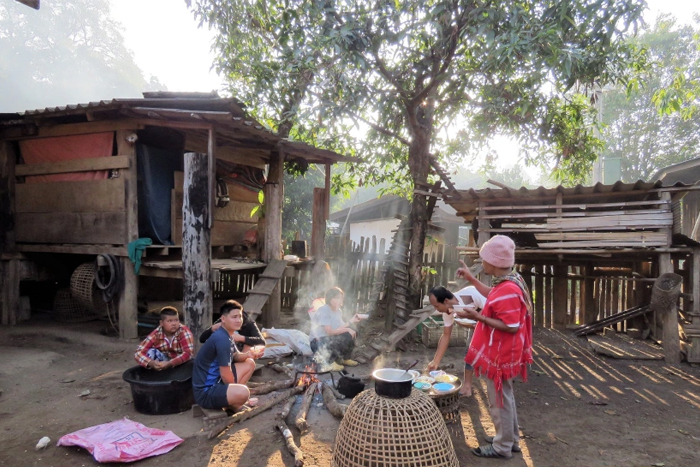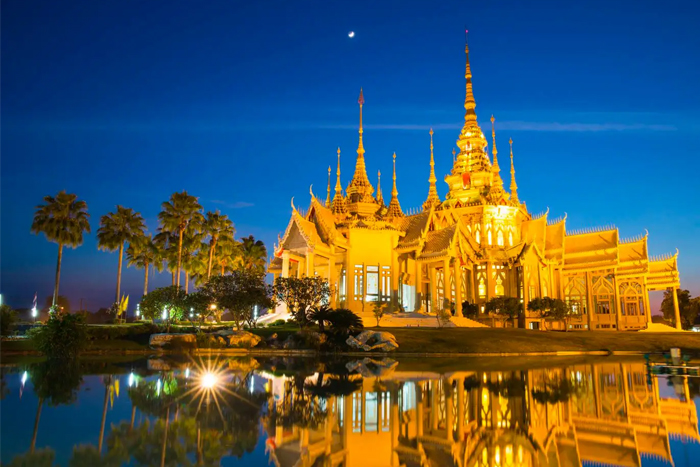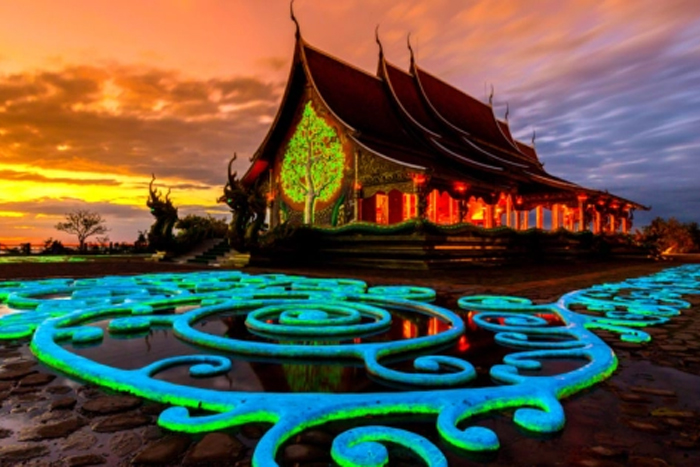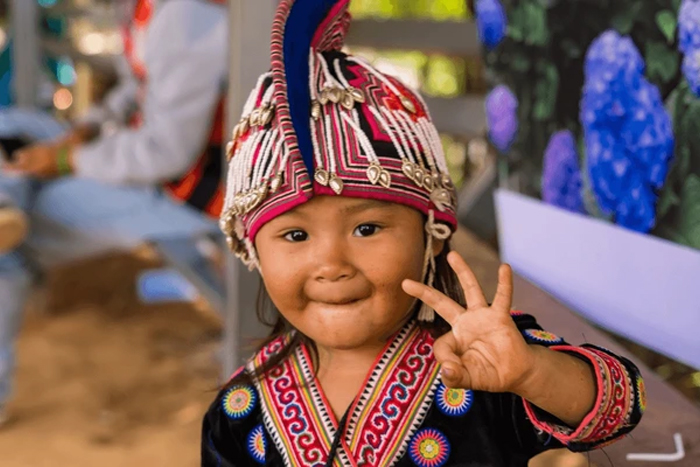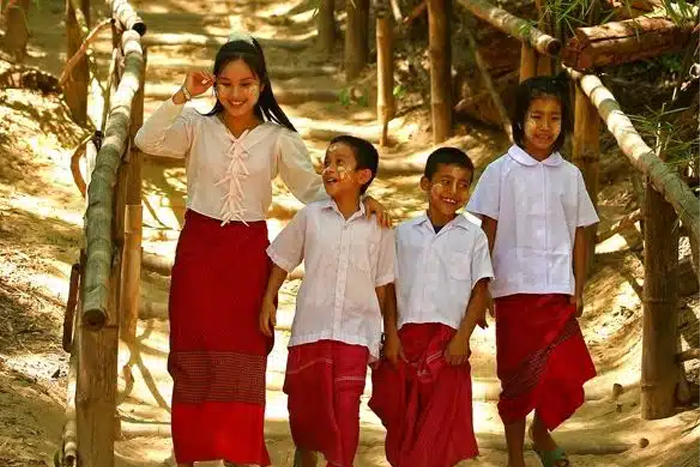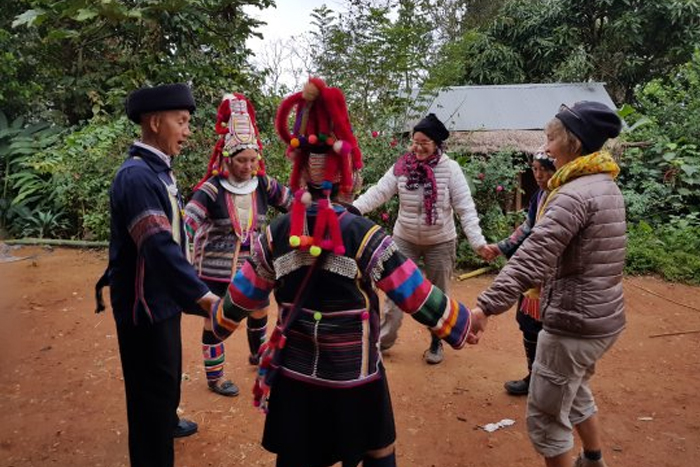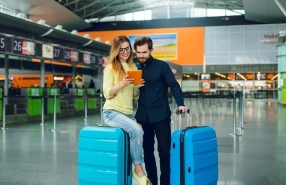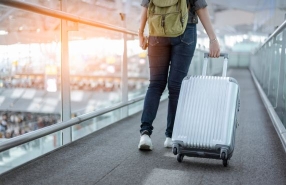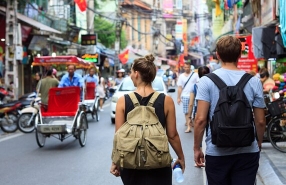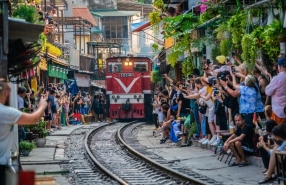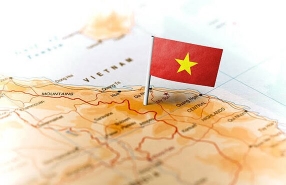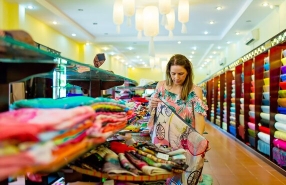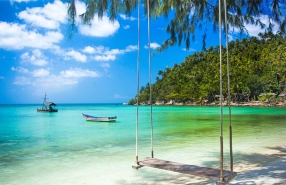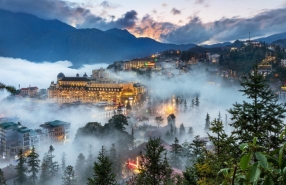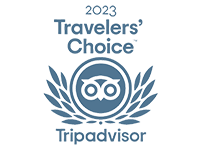Wondering where to visit in Thailand to see ethnic groups and discover authentic cultures? Thailand is a true crossroads of ethnic diversity, where several communities continue to live according to age-old traditions. For those seeking to explore this cultural wealth, the country offers numerous fascinating destinations where local communities preserve their customs, arts, and unique craftsmanship. From the northern mountains to the border regions, each area provides the opportunity to immerse yourself in traditional villages, far from the usual tourist trails. In this article, we will guide you to the best regions for an authentic cultural experience with ethnic minorities in Thailand.
I. Overview of ethnic groups in Thailand
Thailand is a cultural crossroads in Southeast Asia, home to more than 70 distinct ethnic groups. These groups are a fascinating mix of indigenous populations and migrant communities from neighboring countries such as Myanmar, Laos, Cambodia, China, and Vietnam.
Some of the major ethnic groups include:
The Thai (the majority group), making up about 85% of the total population.
The Karen, one of the largest ethnic groups, mainly living in the mountainous regions of the North and West.
The Hmong, Akha, Lahu, Lisu, and Yao (also known as Mien), primarily found in the northern mountain areas of Thailand.
The Mon and Shan, located mainly near the Burmese borders, with a culture rich in Buddhist influences.
The Khmer and Lao, present in the Isaan region (northeastern Thailand).
The Malays in the south, mostly Muslim, with strong cultural ties to neighboring Malaysia.
Each ethnic group in Thailand is distinguished by its language, clothing, and unique traditions. While Thai is the country's official language, ethnic groups continue to use their traditional languages to communicate within their communities. Traditional clothing, often adorned with intricate embroidery and vibrant colors, plays a central role in their cultural identity.
II. Where to visit in Thailand to see ethnic groups? An authentic cultural journey
Thailand is a true melting pot of cultures, with each region revealing a unique ethnic mosaic. From the northern mountains to the plains of Isaan, and through the border areas, a journey through these territories offers an immersion into ancient lifestyles and fascinating traditions. Here are the key regions to discover for an authentic cultural experience with ethnic minorities in Thailand.
1. Northern Thailand
Where to visit in Thailand to see ethnic groups? The northern region of the country is the epicenter of ethnic diversity, where mountains create a spectacular backdrop for authentic encounters with people who maintain preserved traditions.
a. Chiang Mai
Chiang Mai is one of the top destinations for exploring the ethnic cultures of the North. The surrounding mountains are home to various minority villages, including the Karen, known for their handmade traditional clothing and the famous spiral neck rings worn by women, and the Hmong, whose costumes with intricate embroidery tell stories of their past. The village of Doi Pui, located 1,650 meters above sea level, offers a glimpse into the life of the Hmong. Treks also provide the chance to visit isolated Karen communities and discover ancient customs in breathtaking landscapes.
b. Chiang Rai
In the Golden Triangle, a historical region at the crossroads of Thailand, Laos, and Myanmar, you'll have the opportunity to meet communities such as the Akha and Lahu. Their picturesque villages, perched in the mountains, offer an immersion into their rustic lifestyles, where visitors can participate in weaving workshops and discover unique handmade products. In Chiang Rai, local markets reflect this cultural diversity.
c. Mae Hong Son
Mae Hong Son, a mountainous region, is the ultimate destination to meet the famous long-neck Karen, a distinct ethnic community known for their spiral neck rings. The village of Ban Huay Sua Thao is an example of immersion, where visitors can observe traditional farming methods and participate in local rituals. However, it is important to respect the privacy of the locals, as some tourism practices in the area are controversial.
d. Pai
This small village, now a must-see for travelers, strives to preserve its authenticity. Surrounded by Lisu and Shan communities, Pai offers guided tours and treks that allow you to meet the locals while respecting their traditional way of life. As you stroll through the villages, you'll experience the simplicity of life in these communities, set in a lush and peaceful environment.
2. Isaan (Northeastern Thailand)
Isaan, in northeastern Thailand, is a region often overlooked by tourists but reveals an astonishing ethnic and cultural richness, largely influenced by Lao and Khmer peoples.
a. Nakhon Ratchasima (Korat)
Nakhon Ratchasima (Korat), famous for its Khmer ruins like the Phimai Temple, is also a region where communities of Lao and Khmer origin coexist, preserving distinct cultural traditions. Visitors can explore these communities to learn about their unique customs, such as folk dances, spiritual ceremonies, or traditional silk weaving techniques. Local markets, where these ethnic groups gather, offer direct contact with their handicrafts and way of life.
b. Ubon Ratchathani
In addition to its candle festival, Ubon Ratchathani is a province marked by the presence of various ethnic minorities such as the Lao and Phu Thai. These groups have retained distinctive cultural practices, particularly in villages specialized in weaving. The patterns and techniques vary between communities, reflecting their unique cultural identities. Curious travelers can admire these creations and engage with artisans to better understand the importance of these traditions in daily life. Some Phu Thai communities invite visitors to share traditional meals and stories about their history and culture.
c. Rural regions of Isaan
Ethnic groups in Thailand is even greater in the rural villages of Isaan. Minority groups like the Khmer, Phu Thai, and So, among others, preserve ancient customs tied to their identities. Each ethnic group has its own dances, music, and spiritual rituals, often related to agriculture and natural cycles. These villages are also places to observe simple yet meaningful lifestyles, such as the handcrafted production of tools, traditional cooking, or animist ceremonies linked to ancient beliefs. Sharing these moments with local communities is a true dive into the multicultural soul of Isaan.
3. Border areas (Myanmar, Laos, Cambodia)
Thailand's border areas offer an intense cultural blend, shaped by the influences of neighboring countries.
a. Mae Sot (Burmese Border)
Mae Sot is a meeting point for various communities, including the Karen, Mon, and Shan. The Mae Sot market is full of handicrafts and offers a glimpse into the traditional customs of these groups. Nearby villages invite you to discover the lifestyles of the ethnic communities in the region.
b. Chiang Khong (Laos Border)
This small town by the Mekong River is a great starting point for exploring the Akha and Yao communities. The villages in the area offer a unique perspective on agricultural practices and the lifestyles of these people, often linked to ancestral customs tied to nature.
c. Surin (Cambodian Border)
Known for its elephant festival, Surin also houses Khmer villages where traditions, crafts, and traditional dances are preserved. It’s a fascinating place to discover Cambodian culture while being immersed in the daily lives of the local inhabitants.
4. Central and Western Thailand
Though less known for its ethnic diversity than other regions of Thailand, the central and western areas offer rich cultural experiences, particularly with the Mon and Karen communities. These people, deeply attached to their traditions, offer a unique perspective on an authentic and preserved Thailand.
a. Kanchanaburi
Kanchanaburi is often visited for iconic sites like the Bridge over the River Kwai and Erawan National Park, but it is also home to Mon villages where ancient culture comes to life. The Mon, one of Thailand's oldest ethnic groups, are known for their intricate weaving techniques and traditional dances that tell stories from their rich heritage. Visitors can attend performances, explore artisan markets, and even try their hand at weaving. The warm hospitality of this community makes the experience even more memorable.
b. Kaeng Krachan National Park
Located near the Burmese border, Kaeng Krachan National Park is a biodiversity haven but also home to the Karen, a mountain ethnic group living in harmony with nature. These communities invite travelers to discover their unique way of life, in sync with their environment. Treks through the park offer the opportunity to explore exceptional wildlife and flora while visiting isolated Karen villages. There, visitors can learn traditional terrace farming techniques, craft-making skills, or survival tactics in the forest, all while sharing authentic moments with the locals.
Why visit these regions?
Each region of Thailand highlights a unique aspect of its ethnic heritage. These destinations offer more than just tourist experiences: they provide precious opportunities to interact with local communities, participate in cultural and craft activities, and take part in religious ceremonies or traditional festivals. By visiting these regions, you will uncover an authentic side of Thailand while supporting local communities in a respectful and sustainable manner.
III. How to discover ethnic villages in Thailand: Authentic cultural experiences
1. Visiting ethnic villages
Visiting ethnic villages in Thailand is one of the most immersive ways to experience local traditions. Northern regions such as Chiang Mai, Chiang Rai, and Mae Hong Son are home to many ethnic communities like the Karen, Hmong, and Akha, who live in remote villages nestled in the mountains. These villages provide a unique opportunity to witness traditional lifestyles, see typical wooden dwellings, and learn about ancient agricultural practices. During these visits, travelers can immerse themselves in local culture by observing residents weaving fabrics by hand, cultivating land, or crafting handmade objects while respecting local customs.
2. Participating in local festivals
Local festivals re a great way to experience the living culture of ethnic groups in Thailand. These festivals, often religious or agricultural, are filled with music, dance, and rituals. For example, the Candle Festival in Ubon Ratchathani, a major Buddhist event in the Isaan region, is a colorful celebration with candle processions, folk dances, and religious ceremonies. Similarly, the Elephant Festival in Surin draws communities from Isaan to honor elephants, a sacred symbol, through performances and parades. Participating in these events not only allows you to discover local arts and traditions but also provides an opportunity to interact with the residents in a festive and friendly environment.
3. Traditional workshops and activities
Craft and cooking workshops are fantastic ways to learn about the ancestral skills of ethnic communities in Thailand. In regions like Chiang Mai, visitors can learn to weave traditional garments with the Hmong or Karen, discovering the symbolism behind the patterns used. Cooking workshops, such as those in Isaan, offer the chance to learn how to prepare traditional dishes like som tam (spicy papaya salad) or larb (spicy meat salad), guided by local families who share their culinary secrets. These activities provide an interactive immersion, creating a deeper connection with the traditions while supporting local communities.
4. Best tours to meet ethnic groups in Thailand
If you prefer a guided experience to better understand
ethnic communities in Thailand, feel free to CONTACT ATOUR ASIA,
Thailand Travel Agency now. Several organized tours in the Northern and Eastern regions of Thailand offer opportunities to discover the diversity of ethnicities, with the guidance of an experienced local guide.
5. Recommendations for responsible tourism
Do your research before you go: Before visiting ethnic communities, take the time to learn about their customs, traditions, and history. This will help you better understand and respect their lifestyles. Learning a few words in Thai or the local language is also a thoughtful gesture that facilitates communication.
Choose local guides and operators: To support local communities, select travel agencies or guides who work directly with them. This ensures that the benefits of tourism truly reach the residents and their development projects.
Respect local customs and traditions: When visiting villages or temples, dress modestly and follow local rules. Always ask for permission before taking photos, especially of the residents, as some may not appreciate being photographed without consent.
Buy locally: Support local artisans by purchasing handmade products, such as traditional fabrics or crafts. This helps preserve their craftsmanship and supports their economy while avoiding mass-produced souvenirs.
Exploring ethnic villages in Thailand is a rewarding adventure that allows you to deepen your understanding of the country's cultural diversity. Whether through visiting traditional villages, participating in local festivals, learning traditional crafts, or guided tours, each experience brings you closer to Thai communities while respecting their culture and way of life. By incorporating these practices into your travels, you engage in an authentic immersion that enhances your understanding of Thailand and its people.
Regine Mengue
5.0
Excellent
What should I pack for visiting rural ethnic areas in Thailand?
What to pack for a trip to Thailand? When visiting rural ethnic areas in Thailand, pack lightweight, breathable clothing made from cotton or linen to stay cool in the hot and humid climate. Modest attire is important, especially when visiting temples or local communities, so include long pants or skirts and tops with sleeves. Comfortable walking shoes or sandals are essential for trekking or walking on uneven terrain. Don’t forget insect repellent and sunscreen, along with a wide-brimmed hat for protection from the sun. A light jacket or sweater is useful for cooler evenings or mornings in the mountains. If you’re visiting during the rainy season, bring a small umbrella or rain jacket, and make sure to carry sufficient cash, as ATMs might not be available in rural areas.
Brieg Hamon
5.0
Excellent
What to wear in Thailand?
The choice of clothes for Thailand trip depends on the season. During the hot season (March to June), opt for lightweight and breathable clothing made of cotton or linen to cope with the high temperatures and humidity. During the rainy season (May to October), it is advisable to wear quick-drying clothes and bring an umbrella or waterproof jacket. In the cool season (November to February), a light jacket will suffice for the cooler mornings and evenings. When visiting temples, respect local customs by covering your shoulders and knees with long pants or skirts and long-sleeved tops. Lastly, don't forget to protect yourself from the sun with hats, sunglasses, and sunscreen, and choose comfortable shoes suitable for sightseeing and walking.

